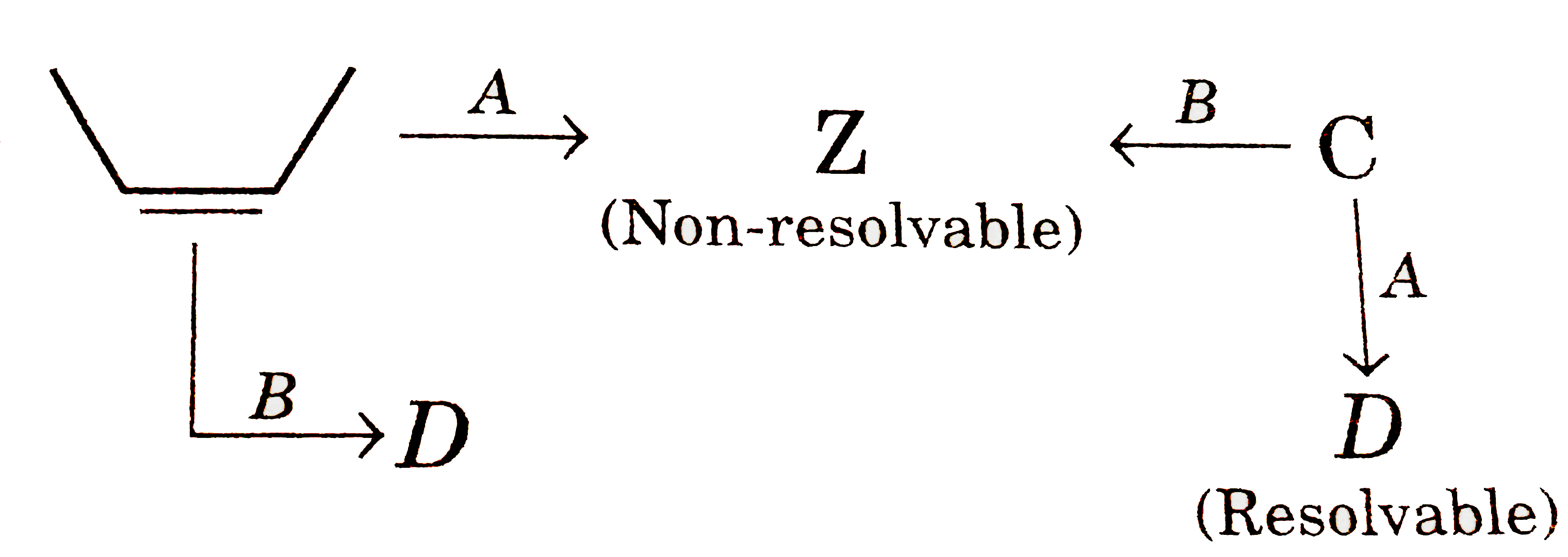Select the correct statements(s)Solution in Malayalam
A Transition metals and many of their compounds show paramagnetic behaviour
BThe enthalpies of atomisation of the transition metals are high
C. Transition metals and their many compounds act as good catalyst
D. The enthalpies of atomisation of the transition metals are lower than alkali metals
The correct Answer is:A, B, C
Transition metal ions generally contain one or more unpaired electrons in them and hence their complexes are generally paramagnetic. Because of having larger number of unpaired electrons in their atoms, they have stronger intcratomic interaction and hence stronger bonding between the atoms. Catalytic activity is due to their ability to adopt multiple oxidation states and formation of unstable intermediates.
Topper's Solved these Questions
- BOOK - BRILLIANT PUBLICATIONCHAPTER - THE D-AND F-BLOCK ELEMENTSEXERCISE - QUESTIONS (LEVEL-II)50videos
THE D-AND F-BLOCK ELEMENTS
- BOOK - BRILLIANT PUBLICATIONCHAPTER - THE D- AND F-BLOCK ELEMENTEXERCISE - LEVEL-II (ASSERTION-REASON TYPE)40videos
THE D- AND F-BLOCK ELEMENT
- BOOK - BRILLIANT PUBLICATIONCHAPTER - THE P-BLOCK ELEMENTS (XII) EXERCISE - LEVEL- II (GROUP 18 NOBLE GASES) (ASSERTION - REASON)5videos
THE P-BLOCK ELEMENTS (XII)
Similar Questions
Potassium permanganate acts as an oxidant in neutral, alkaline as well as acidic medium. The final products obtained from it in the three conditions are, respectively
01:27View SolutionAssertion : Zn, Cd and Hg are not considered as transition metals.
Reason :d-orbitals in Zn, Cd and Hg are completely filled, both in ground state and in their available oxidation states.01:23View SolutionAssertion: N2 is less reactive than P
Reason: Nitrogen gas more negative electron gain enthalpy than phosphorous01:12View SolutionSelect the correct statement (s).
02:16View SolutionSelect the correct statement (s) .
02:17View SolutionSelect the correct statement (s)
04:13View SolutionSelect the correct statement (s) .
02:40View SolutionSelect the correct statement (s)
03:05View SolutionSelect the correct statements (s).
02:46View SolutionSelect the correct statements (s).
02:33View SolutionSelect correct statement(s).
02:30View SolutionSelect correct statement(s)
02:24View SolutionSelect correct statement(s).
09:39View SolutionSelect correct statement (s):
View SolutionSelect correct statement s
02:53View Solution
Select correct statement (s) :03:12View Solution

